It looks like a salon in a grand 18th century hôtel particulier in Paris, doesn’t it?
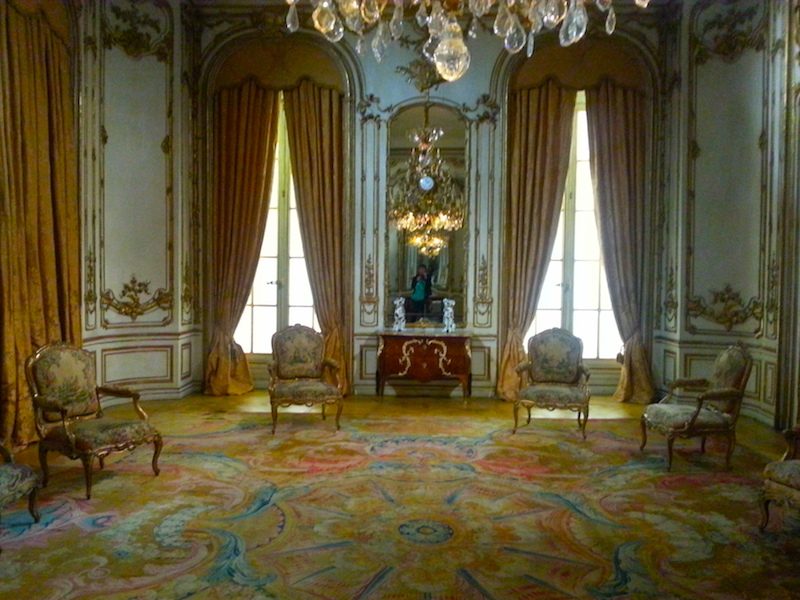
A salon in the Museu Nacional de Arte Antiga (MNAA), Lisbon.
In fact, this salon is from the Paar Palace in Vienna, but it’s now installed in the Museu Nacional de Arte Antiga (MNAA) in Lisbon. I apologize for the slight blurriness of these images. The light was difficult. I also apologize for the inadvertent selfie!
Now, the Paar Palace belonged to the Paar family, who were the hereditary postmasters of the Holy Roman Empire. This position was a veritable goldmine. They grew so rich that the Empress Maria Theresa raised them to the rank of imperial princes in 1769. The lucky beneficiary, Wenzel Johann Josef von Paar, commissioned the lavish decor of this salon in the same year, in which he was also assigned the honour of leading the military escort of the Archduchess Maria Antonia, AKA Marie-Antoinette, on her journey to France to marry the future Louis XVI.
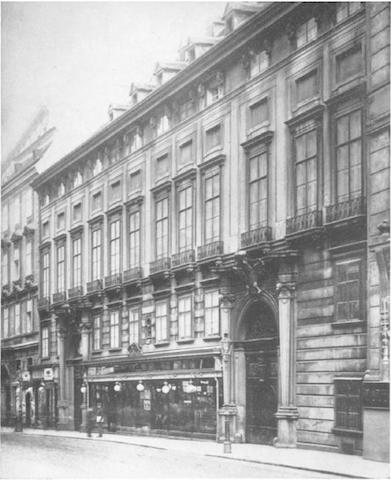
The Paar Palace in Vienna in 1907. Credit: de.Wikipedia.org.
It’s not explained in the information posted on site at the museum, but I suspect that the newly-minted Prince Paar ordered the furniture when he was in Paris that year, because all the work was done in the French capital by French craftsmen. The sofa (see below), armchairs and bergères are all signed by Louis Charles Carpentier, a master craftsman active in Paris between 1752 and 1788. They are covered in Beauvais tapestry work.
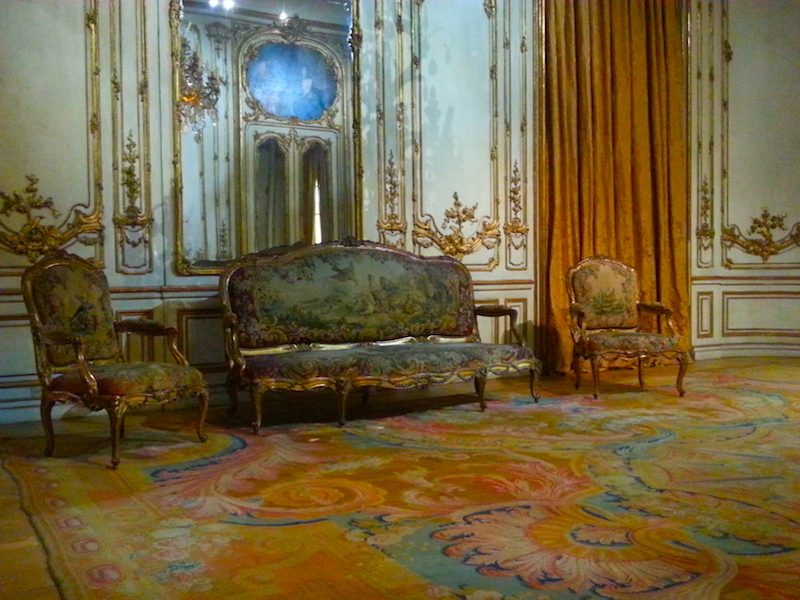
A Beauvais tapestry-covered sofa and armchairs by L.C. Carpentier, Paris, 1769, in the MNAA.
The boiseries, though French in style, were executed in Vienna by one J.G. Leithner. The magnificent carpet is Savonnerie, dated to 1738.
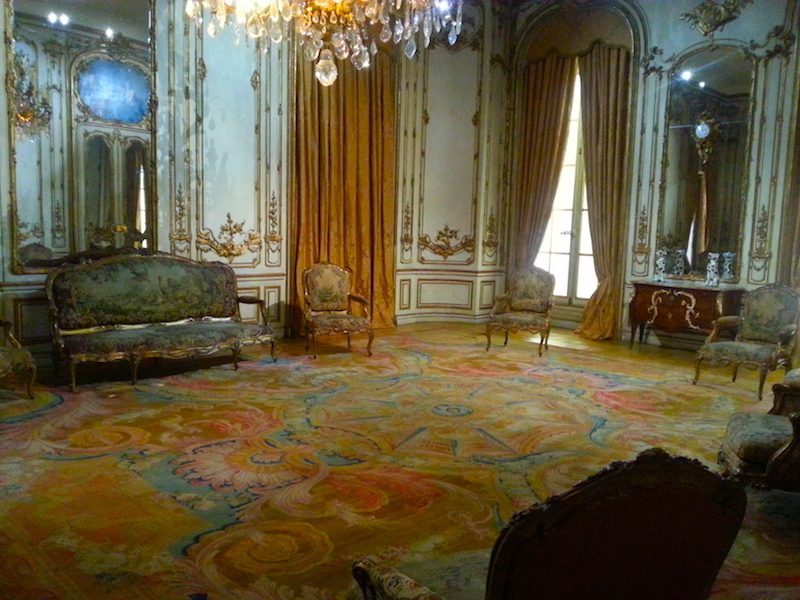
The salon features a large Savonnerie carpet, dated to 1738.
The information on site identifies the commode as 18th century, but does not name a craftsman. I can only assume that it’s unsigned.
So how did this salon get from the Paar Palace in Vienna to the MNAA in Lisbon? In short, it was donated by a fabulously wealthy art collector, Antenor Patino. However, it’s not explained how or when Mr. Patino acquired it.
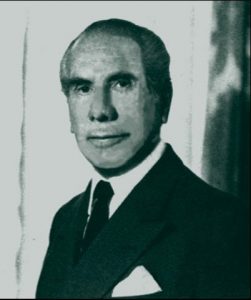
Antenor Patino.
Born in Bolivia in 1896, Antenor Patino was the son of Simon Patino, Bolivia’s “Tin King” in the early 20th century. According to his New York Times obituary (February 4, 1982), Antenor received a Continental education, eventually earning a law degree from the Sorbonne. He spent most of his life abroad, working as a diplomat before the Bolivian Revolution of 1952 — during which the family’s tin mines were nationalized — and also looking after the Patino interests overseas. He had an apartment on 5th Avenue in New York, another on Avenue Foch in Paris, and a country estate called La Quinta in Portugal. This last connection may have been the motive for his donation of the Paar Palace salon to the MNAA, Portugal’s premier traditional art museum, in 1969.
Interestingly, there is another salon from the Paar Palace in the Metropolitan Museum in Manhattan. It would be interesting to know if Antenor Patino had anything to do with it. If you can shed light, or if you’d just like to make a comment or ask a question, you can so so below, on the VC Facebook page, or under the relevant image in our Instagram gallery (@versailles_century).







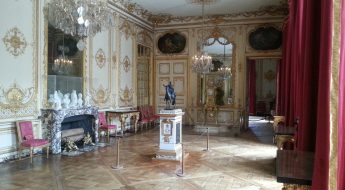
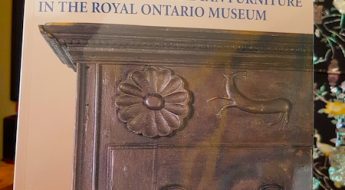
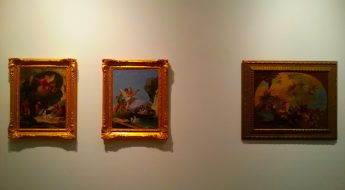








Leave a Comment